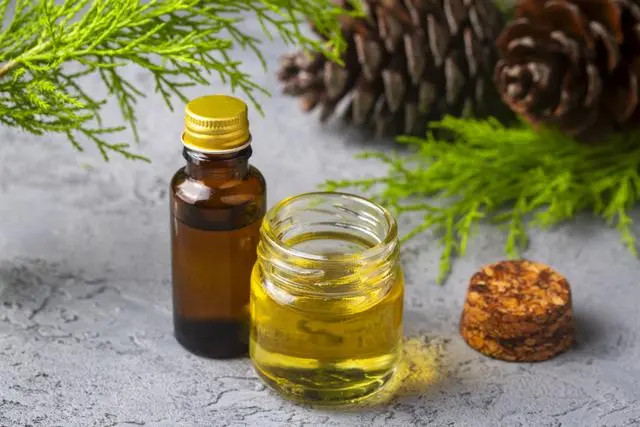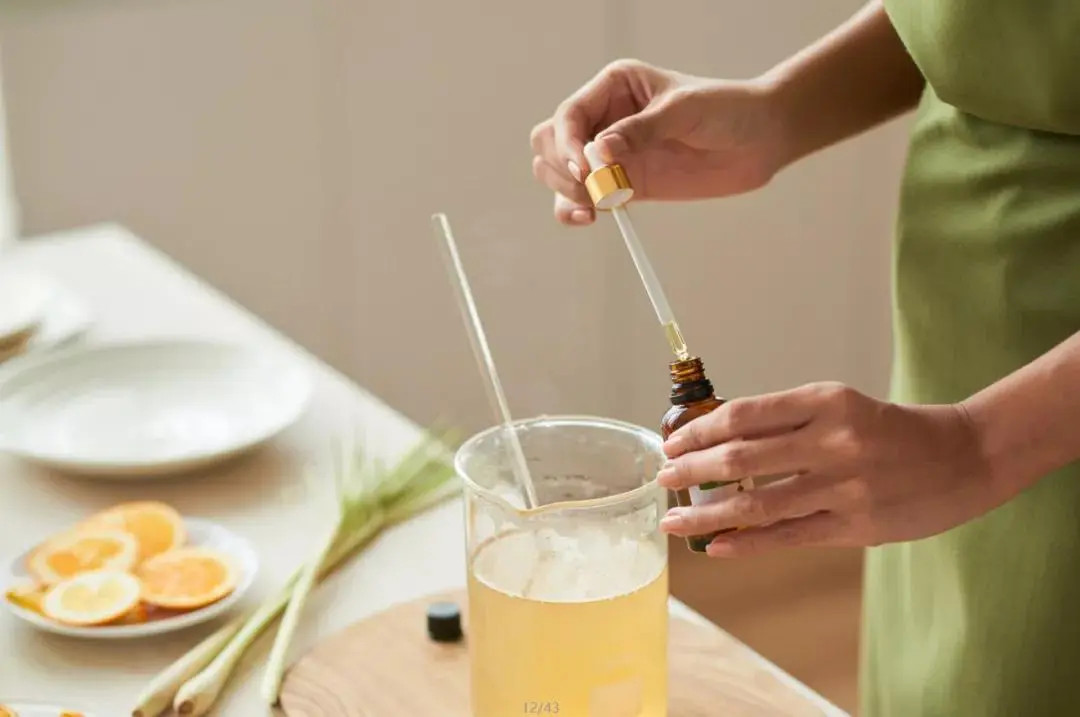The perfume industry has a long history of using natural fragrances.
The natural fragrances of perfumes are mainly divided into animal fragrances and plant fragrances. However, with the development of the times, animal fragrances such as musk and ambergris have been basically replaced by artificial synthetic fragrances under the dual influence of cost and animal protection laws.
So most of the natural fragrances in perfumes today are taken from plants. The products obtained are: essential oil (Essential Oil) and absolute oil (Absolute). Many people cannot distinguish between the two and often confuse them.
In a broad sense, they can all be called essential oils, which is a general term for products containing volatile aromatic substances. It is not a real oil, but a volatile oily liquid.
But in a narrow sense, they are the products of different extraction methods. There are many differences in just one word.

01 Different extraction methods
Only aromatic substances obtained by cold pressing and distillation are called essential oils; and the products obtained by fat absorption and solvent extraction are called absolute oils.
| Extraction of essential oils:
Cold pressing method: suitable for citrus fruits. The oil glands of citrus peels are rich in essential oils, and citrus essential oils can be obtained by directly squeezing the peels.
Distillation method: Suitable for spices that cannot be directly squeezed, such as rose, ylang ylang, cinnamon, patchouli, and vetiver. The plants are mixed with water and heated in a container. The odor molecules will be separated from the spices as the steam evaporates, and finally the water is separated to obtain essential oils.
| Extraction of absolute oil:
Fat absorption method: Suitable for spices such as jasmine, tuberose, and daffodils that are not very volatile, and the flowers are delicate and not resistant to high temperatures. Use oil to absorb the volatile substances in the flowers. After saturation, use alcohol to dissolve the aromatic substances in the oil. Filter to remove impurities, and the alcohol will evaporate to obtain absolute oil.
Because this method is time-consuming and labor-intensive, and has low efficiency, it is currently basically replaced by solvent extraction.
Solvent extraction method: Soak the plant spices in an organic solvent to dissolve the aromatic substances in the solvent. Then boil the obtained solvent in a vacuum to evaporate the solvent, and the remaining grease is called extract or gum. Then dissolve it with alcohol and filter out solid impurities. Recover the alcohol by vacuum distillation to get the absolute oil.
02 Different smells
Due to different extraction methods, the smells of essential oils and absolute oil are also different.
The essential oil obtained by distillation is heated, and the aromatic substances inside the plant will change under high temperature and high pressure, generating some new substances. Therefore, the smell of essential oils will be different from that of natural plants.
The absolute oil obtained by solvent extraction has more details of fragrance and is closer to the smell of natural plants because it has not been heated.
The most typical examples are rose and bitter orange flower. Rose essential oil smells rich and sweet; rose absolute oil has a higher content of aromatic alcohol, a fuller and richer aroma, and is slightly heavy.
The essential oil of bitter orange flower is called neroli, which has a clean smell with green and astringent green, and a very obvious soapy feeling; its absolute oil is called orange flower (Orange flower or Orange Blossom), which smells bright and floral, and has some indole flavor similar to jasmine and the sweetness of grapes.

03 Scope of application
Essential oils are lighter in color, thinner in texture, and relatively safer in ingredients. In addition to being used as daily chemical raw material spices, they can also be used to prepare edible flavors, medicines or health products.
Because the distillation method requires that the aromatic substances can evaporate with water vapor, the essential oil molecules extracted by this method are smaller. In aromatherapy, it can also be used to treat physical problems.
The molecules of absolute oil are larger and the texture is more viscous. In addition to the supercritical carbon dioxide extraction method, the absolute oil extracted by other solvents will have more or less solvent residues. Therefore, it cannot be eaten and can only be used for olfactory therapy in aromatherapy.
04 Price difference
Essential oil and absolute oil, which one is more expensive?
There are many factors that affect the price, and it cannot be generalized. The decisive factor must be the price and scarcity of the raw materials themselves.
Different extraction methods have their own advantages and disadvantages: distillation is simple to operate, but the cost is higher; solvent extraction is cheaper, but it takes longer time and more manpower.
The main purpose of choosing different extraction methods according to the different characteristics of plants is to reduce costs.
Stainless Steel Mixing Equipment Application
Plate Centrifuges Application
Esterification Reaction In Fragrance Synthesis
Contact: Project Manager
Phone: +86-18120438367
Tel: +86-18120438367
Email: info@tycoretech.com
Add: No. 1, Optics Valley Avenue, East Lake New Technology Development Zone, Wuhan, Hubei, China
We chat
